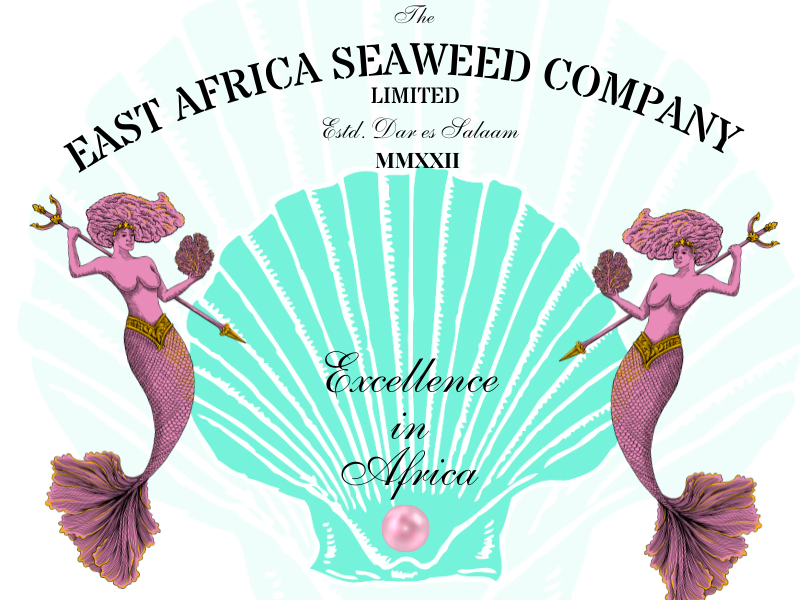
farming paradise
Farming seaweed in the beautiful Indian Ocean, with its sparkling blue waters and powder white sands may seem like an idyllic way to spend time at the office, but even paradise has its challenges.
As seaweed farming has become more popular in remote coastal villages, farmers are intensely focused on farms of only 1 single species, Eucheuma Cottonii or Eucheuma Spinosum on suspended lines anchored by wooden stakes ino the seabed.
Most Seaweed farms along coastal villages in Tanzania are operated by women, who must traverse rocky shallows dotted with Urchins, Sea snakes, jellyfish and other dangerous species under the merciless African sun.
It is difficult work and many farmers try to maximize their effort by placing more seedlings and lines in a small area so that it can be more convenient for them to tend and harvest, but this is not a good idea.
The more seaweeds that are compacted in an area effects the oxygen levels on the farm and can cause Algae rot, decimating entire crops, leaving the farmers destitute and frustrated.
To Maximize Algal Crop Yield, Farmers Need to Focus More on Quality Than Quantity



If farmers are provided with consistent buying partners and support from theGovernment and other entities, they do not need to focus all of their energy on making the weight to sell to individual buyers who only come few and far between.
Support for Brokers, Buyers and Commercial farms should be made readily available to keep quality checks and balances in place.




No Comments